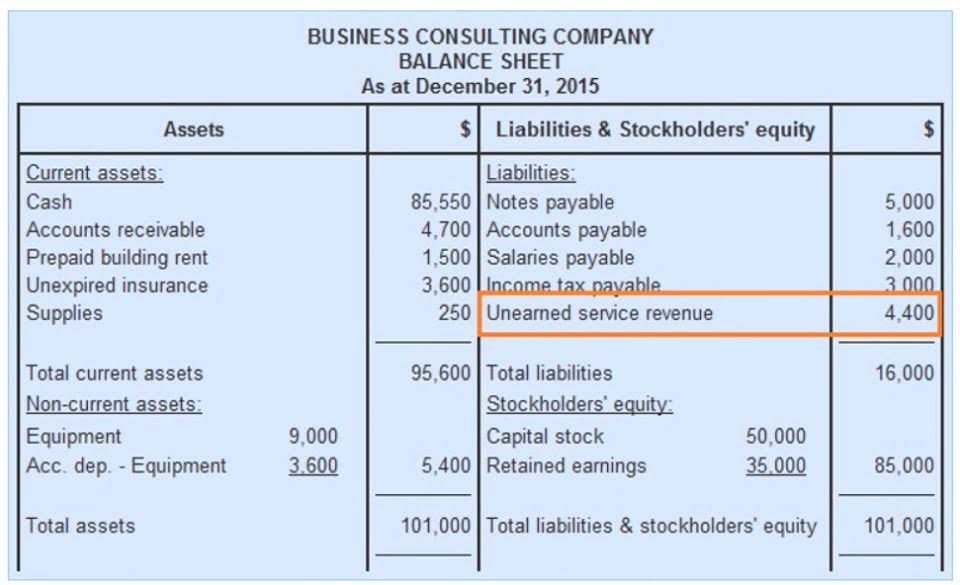
Printing Plus has $100 of supplies expense, $75 of depreciation expense–equipment, $5,100 of salaries expense, and $300 of utility expense, each with a debit balance on the adjusted trial balance. The closing entry will credit Supplies Expense, Depreciation Expense–Equipment, Salaries Expense, and Utility Expense, and debit Income Summary. The second entry requires expense accounts close to the IncomeSummary account. closing entries Whether you’re posting entries manually or using accounting software, all revenue and expenses for each accounting period are stored in temporary accounts such as revenue and expenses. In summary, permanent accounts hold balances that persist from one period to another. In contrast, temporary accounts capture transactions and activities for a specific period and require resetting to zero with closing entries.
What is an income summary account?
Our discussion here begins with journalizing and posting theclosing entries (Figure5.2). These posted entries will then translate into apost-closing trial balance, which is a trialbalance that is prepared after all of the closing entries have beenrecorded. However, some corporations use a temporary clearing account for dividends declared (let’s use “Dividends”). They’d record declarations by debiting Dividends Payable and crediting Dividends. If this is the case, then this temporary dividends account needs to be closed at the end of the period to the capital account, Retained Earnings. In a sole proprietorship, a drawing account is maintained to record all withdrawals made by the owner.

The Income Summary Account
Companies are required to close their books at the end of each fiscal year so that they can prepare their annual financial statements and tax returns. However, most companies prepare monthly financial statements and close their books annually, so they have a clear picture of company performance during the year, and give users timely information to make decisions. Let’s move on to learn about how to record closing those temporary accounts.
- An accounting year-end which is not the calendar year end is sometimes referred to as a fiscal year end.
- All such information is provided solely for convenience purposes only and all users thereof should be guided accordingly.
- Now that we have closed thetemporary accounts, let’s review what the post-closing ledger(T-accounts) looks like for Printing Plus.
- What is the current book value of your electronics, car, and furniture?
- To close expenses, we simply credit the expense accounts and debit Income Summary.
- Temporary accounts can either be closed directly to the retained earnings account or to an intermediate account called the income summary account.
Step 1 – closing the revenue accounts:
- The balances from these temporary accounts have been transferred to the permanent account, retained earnings.
- What are your total expenses forrent, electricity, cable and internet, gas, and food for thecurrent year?
- Once this has been completed, a post-closing trial balance will be reviewed to ensure accuracy.
- All drawing accounts are closed to the respective capital accounts at the end of the accounting period.
- The term “net” relates to what’s left of a balance after deductions have been made from it.
- The permanent account to which the balances of all temporary accounts are closed is the retained earnings account in the case of a company and the owner’s capital account in the case of a sole proprietorship.
The statement of retained earnings shows the period-endingretained earnings after the closing entries have been posted. Whenyou compare the retained earnings ledger (T-account) to thestatement of retained earnings, the figures must match. It isimportant to understand retained earnings is not closed out, it is only updated. RetainedEarnings is the only account that appears in the closing entriesthat does not close. You should recall from your previous materialthat retained earnings are the earnings retained by the companyover time—not cash flow but earnings.

Income Summary

Printing Plus has $140 of interest revenue and $10,100 of service revenue, each with a credit balance on the adjusted trial balance. The closing entry will debit both interest revenue and service revenue, and credit Income Summary. You might be asking yourself, “is the Income Summary account even necessary? ” Could we just close out revenues and expenses directly into retained earnings and not have this extra temporary account? We could do this, but by having the Income Summary account, you get a balance for net income a second time.
Example of a Closing Entry

